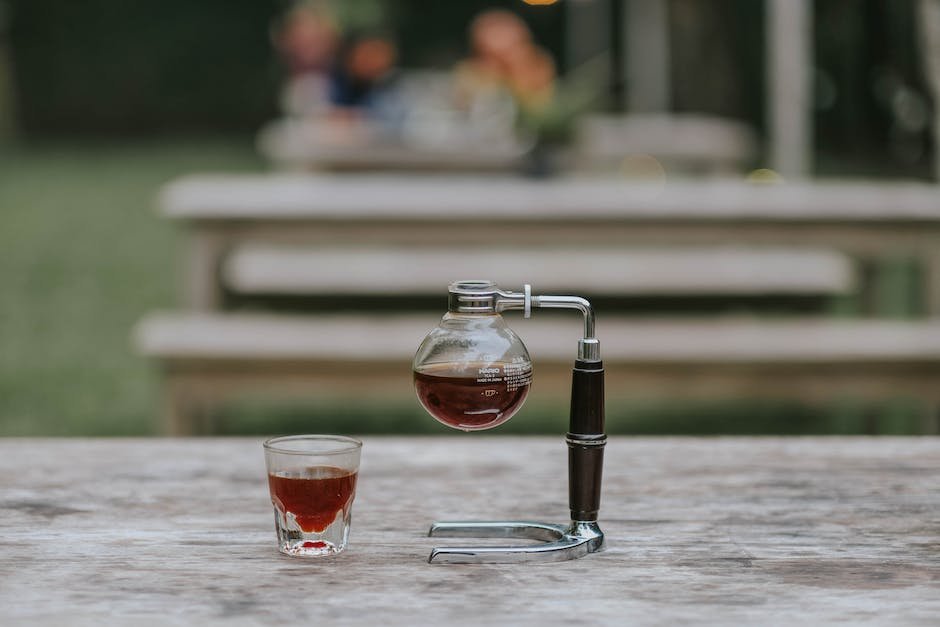When you drink alcohol, how much you consume can make a difference with how drunk you get and if you are still able to perform your duties after drinking is an important factor in keeping safe. If you know what amount of alcohol someone has consumed, you can make informed decisions about whether it’s appropriate to carry out tasks like driving or working that person should not be doing because they may hurt themselves or others.
There is some variation when it comes to the definition of a shot but we will use the standard definition which is two tablespoons for women and three tablespoons for men. A tablespoon is one ounce so a normal sized glass would have 2 ounces of liquid inside it. Some people may prefer larger or smaller glasses depending on their size so check out our article: What Is A Good Bottle Of Alcohol? For more information!
Many bars and restaurants offer discounts if you are willing to buy a large number of drinks, typically under $25 per person. By buying a large quantity, you save money due to the discount ratio. Obviously, the more drinks you order the lower your overall cost becomes, but there is another reason to buy lots of booze.
The average person consumes 5-8 shots per night, many drinkers even double that.
Calculating ml and oz in baking

When baking with glucose, milk, or other dry ingredients, you will need to measure how much of each ingredient you have using either mL (milliliters) or ounces. This article teaches you how to determine what amount of each item is needed for your recipe!
When baking with glucose, milk, or other dry ingredients, you will need to measure how much of each ingredient you have using either mL (milliliters) or ounces. These are referred to as liquid measurements because they describe how much liquid the ingredient can hold- just make sure there is enough for it to mix into the dough/batter properly.
Usually, we use cups to refer to liquids, but that isn’t always the case. For example, some recipes call for melted butter, so you wouldn’t really know if 1 cup was defined as stick or soft. Some brands of milk have different amounts of sugar in them as well, making it hard to accurately calculate liquid measurements.
That is why we often find ourselves having to convert liquid measurements into weight measurements. We do this by multiplying liquid measurements by the density factor of the liquid.
How to measure alcohol in drinks

The easiest way to determine how many ml of alcoholic beverage you have consumed is by looking at the size of your shot glass!
Most bars use 16 mL round shot glasses for one drink. This is because one drink equals 1 bottle (or 2½ cups) of liquid, so half a cup equals a drink. One standard beer mug full is usually considered one drink as well.
However, some people prefer larger or smaller shots, so do not assume that a “drink” of vodka in an oversized shot glass means the same thing as it would for someone else. Some drinkers like having more than one sip-style drinking event with their beverages.
Using different sized shot glasses can also vary slightly in what amount of alcohol you consume per drink.
How to measure alcohol in food
Measuring your drink’s size is an important part of knowing how much alcohol you are drinking. Unfortunately, most people do not know what measurement system is used for drinks!
Most bars use either the metric or American system to describe their drinks. The metric system uses volume as its main ingredient while the American system uses liquid measured by specific gravity. This article will go over which one is more appropriate for you to learn here!
If you ever find yourself having a hard time estimating how many ml your drink contains, just use a table to compare it with! There are several tables that list different sized alcoholic beverages according to both the metric and American systems.
Always use the highest number
For mixed drinks, there is an important ingredient that most people forget about – how many ml of liquid you need for your drink!
Most recipes call for one or two glasses per person, but we are telling you to be more precise than that here!
The standard way to measure alcohol content is by volume, so if a recipe calls for one glass of liquor then you should assume it is one bottle (or 1 cup) of booze!
This can be very expensive if you do not know what bottles contain how much alcohol, and having someone else’s hand to help with the math can make a big difference in the cost-efficiency of making drinks.
So instead, use the other method we mentioned above: compare density. Take our example again; a shot of whiskey has three times more space than a dash of pepper sauce, which means they take up the same amount of time in the stomach.
That being said, the best way to determine the right amount of liquid for a drink is by halfing the amount of powder!
For instance, if a drink calls for one tablespoon of sugar then add half that — just enough to taste well and make the drink smooth.
Always drink slowly
When you drink alcohol, how many drinks it takes to get drunk depends mostly on how quickly you are drinking them. The number of drinks needed varies according to the type and size of alcoholic beverage, as well as your body’s tolerance for alcohol.
The most important thing is to never feel like you need another drink. Even if you do, don’t run out of the place where you’re having dinner or go down hard on an empty glass. It’ll add to the intoxication effect!
A one-ounce (30 ml) shot glass holds about two tablespoons (.5 oz). A normal sized bottle of wine is 5 ounces (150 ml), so a standard way to measure how much alcohol you’ve consumed by volume is by that equation times five.
However, some people prefer using the measurement of milliliters (ml) instead. One ml equals 1/1000th of a cup, which makes it easier to compare differences between beverages. For example, a half gallon of milk has 500 ml of liquid, while a 750 ml bottle of water has only 475 ml.
Have you drank enough?

We always recommend drinking at least eight glasses of water per day, but what if we told you that this is not actually the way to hydrate? In fact, most experts say that one glass of liquid- with no milk or sugar added-is all you need for an adequate daily fluid intake.
This goes beyond just thinking about how much water you’re ingesting, it also includes understanding how different liquids affect your body. For example, plain water helps keep your blood volume steady. Liquid foods are typically consumed longer than solid food, which can make it hard to know how much thirst has been satisfied.
There are many ways to assess whether you have drunk enough depending on who you ask or what method you choose to use. Some people prefer tracking their urine while others track stool color or amount. However, either technique can be tricky when trying to determine how much you drank because some individuals drink more quickly than others!
Drinking too little can be disastrous especially during exercise or activity due to dehydration. Your muscles cannot function properly without proper amounts of moisture, so making sure you do not dry out is essential to enjoying sports or other activities. Unfortunately, sometimes life gets in the way and it is difficult to remember to drink!
Given these challenges, it is important to understand how much liquid you consume before commenting on how many mls you have ingested.
Know your limits
We now have an excuse to drink more because we know how many ml of alcohol is in every shot glass! That doesn’t mean you should, though!
Weights and measures matter when it comes to alcoholic beverages. For example, a 2oz (57ml) bottle of wine has twice as much alcohol content as a 1/2 oz (14ml) glass of wine. This can make a difference for people who limit themselves to one drinking episode or want to be certain they don’t overdrink.
The same goes for beer. A 5-ounce (142ml) tallboy contains five times the amount of alcohol that a 6-ounce (168ml) mug does.
Stay hydrated
Properly educating yourself about alcohol is very important to know how many ml of liquid you have in your drink! Because drinks contain several components, not all of which contribute to dehydration, it is helpful to be aware of what types of liquids pack the most moisture.
Types of alcoholic beverages can also vary in how much alcohol they contain depending on the type of beverage- for example, some beers or wines are typically lower in alcohol than say, vodka or whiskey. It is best to try and consume as many different types of alcoholic beverages as possible so that you can compare how much moisture each one contains.
The easiest way to determine how much moisture an individual glass of liquid contains is by measuring the liquid with a precise amount of water.


















